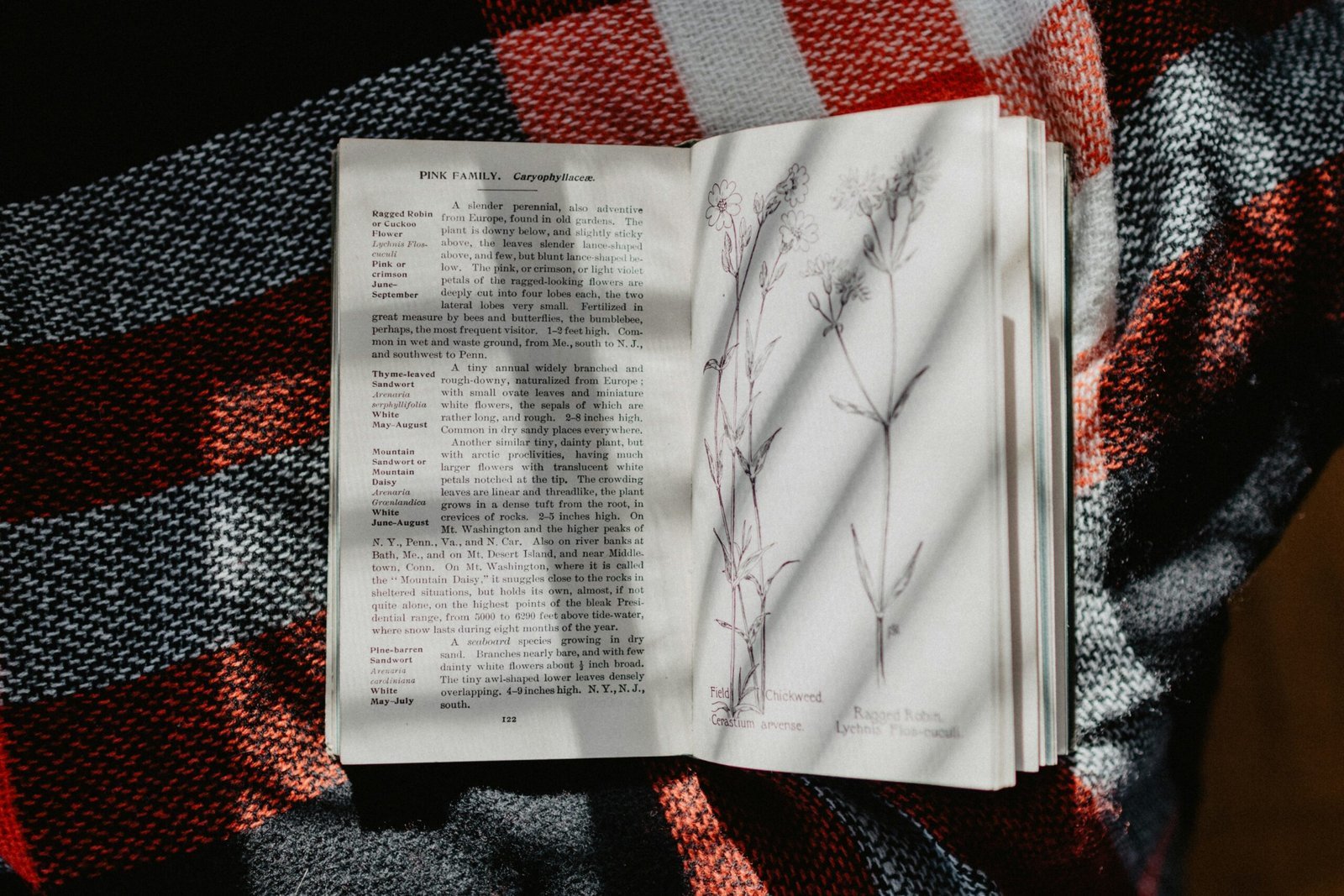
Discovering the Wildflowers of the Smoky Mountains: A Colorful Adventure
The Great Smoky Mountains National Park is not only famous for its breathtaking vistas and diverse wildlife but also for its stunning array of wildflowers. As spring and summer roll in, the park transforms into a vibrant tapestry of colors, making it a perfect time for nature lovers and families to explore the trails and enjoy the beauty of these delicate blooms. Let’s take a friendly stroll through some of the wildflowers you’re likely to encounter in the Smokies!
1. Catawba Rhododendron
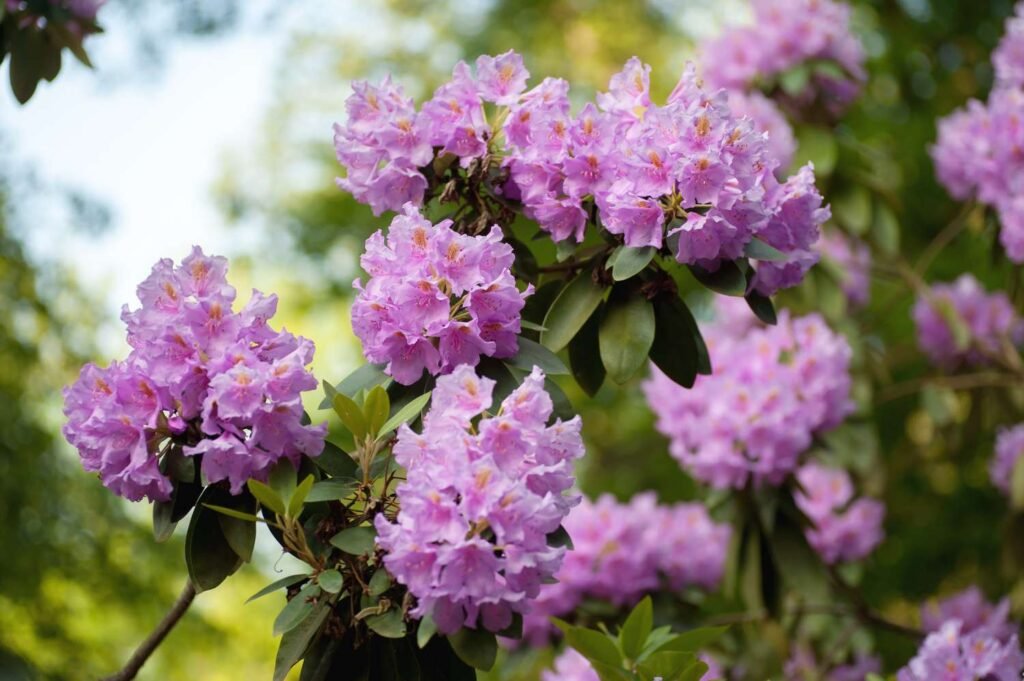
One of the most iconic wildflowers in the Smoky Mountains, the Catawba rhododendron bursts into bloom in late spring, typically around May. With its striking purple and pink flowers, this shrub can be found in abundance along the higher elevations of the park, particularly in areas like Roan Mountain and the Craggy Gardens.
Why You’ll Love It: The Catawba rhododendron creates a stunning display, especially when seen in clusters. It’s a favorite among photographers and nature enthusiasts alike!
2. Flame Azalea
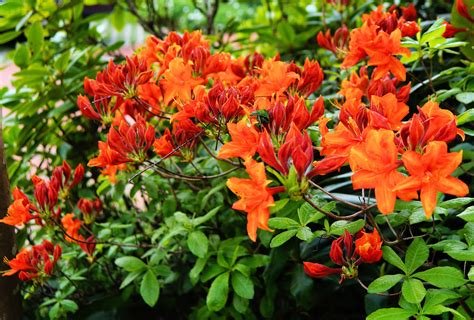
As you hike through the Smokies, keep an eye out for the flame azalea, which typically blooms from late spring to early summer. This shrub showcases vibrant orange and yellow flowers that seem to glow in the sunlight. You can often find flame azaleas along the trails in the park, particularly in the higher elevations and along the Appalachian Trail.
Why You’ll Love It: The flame azalea’s bright colors are a cheerful sight against the lush green backdrop of the forest, making it a delightful find on your hiking adventures.
3. Trillium
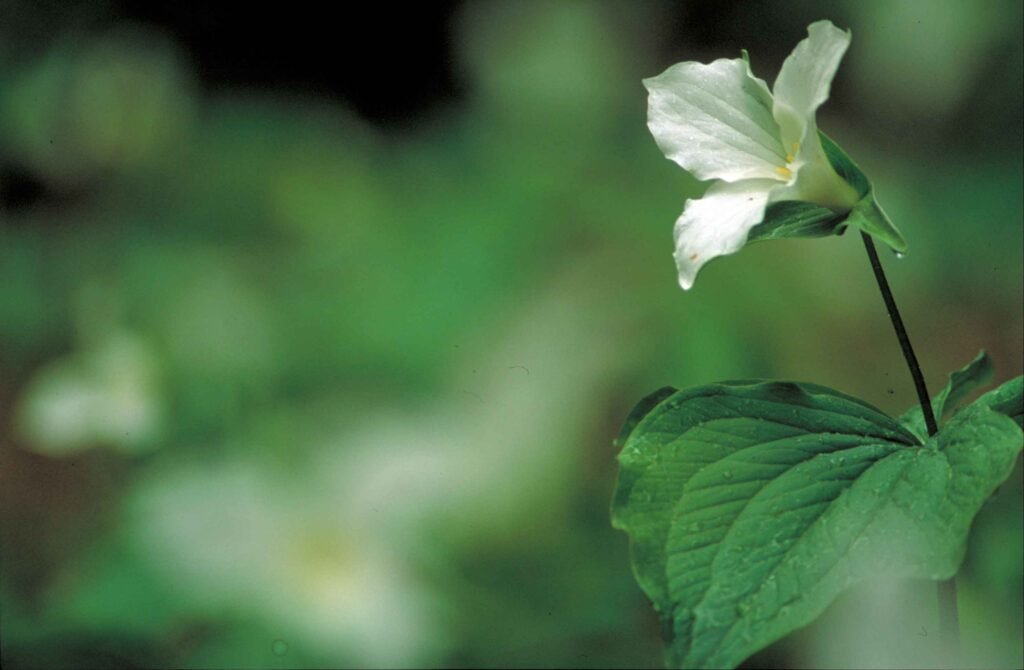
Trillium is a beloved wildflower that graces the Smoky Mountains with its elegant, three-petaled flowers. Blooming in shades of white, pink, and purple, trillium can be spotted in rich, moist woodlands, particularly in the spring months. Look for them along trails like the Laurel Falls Trail and the Alum Cave Trail.
Why You’ll Love It: Trillium is often referred to as the “wake-robin” and is a symbol of the Smokies. Its unique shape and delicate beauty make it a favorite among wildflower enthusiasts.
4. Black-eyed Susan
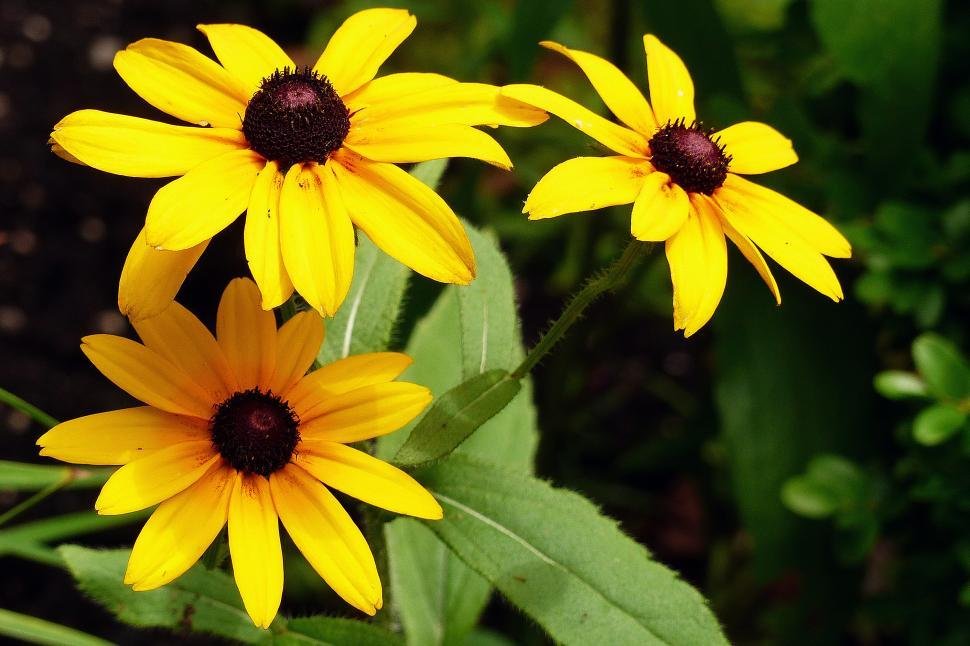
As summer approaches, the cheerful black-eyed Susan begins to bloom, adding a splash of yellow to the landscape. These hardy flowers can be found in meadows and along roadsides throughout the park. Their bright petals and dark centers make them easy to spot!
Why You’ll Love It: Black-eyed Susans are a symbol of summer and bring a sense of joy and warmth to the trails. They’re also great for attracting butterflies, making your hike even more magical.
5. Mountain Laurel
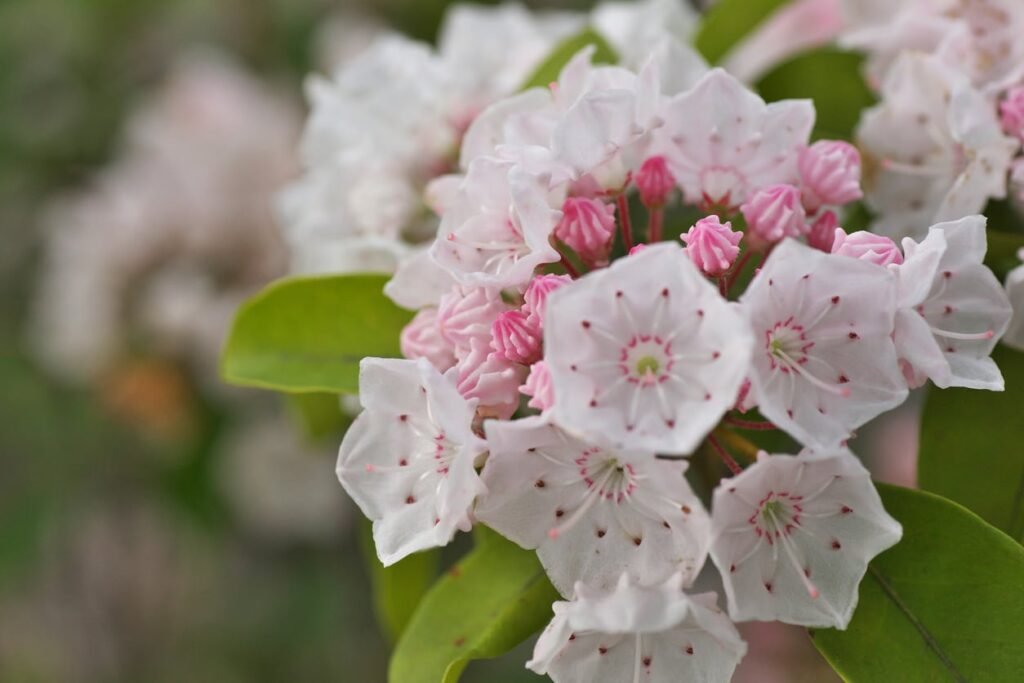
In late spring, the mountain laurel puts on a spectacular show with its clusters of pink and white flowers. This evergreen shrub thrives in the acidic soils of the Smokies and can often be found in the understory of the forest. Look for mountain laurel along the Blue Ridge Parkway and in areas like the Cataloochee Valley.
Why You’ll Love It: The intricate blooms of mountain laurel are not only beautiful but also fragrant, adding a lovely scent to your hiking experience.
Tips for Enjoying Wildflowers in the Smokies
- Timing is Key: The best time to see wildflowers in the Smoky Mountains is typically from mid-April to mid-July, with different species blooming at various times.
- Stay on the Trails: To protect these beautiful blooms, be sure to stay on designated trails and avoid trampling the flowers.
- Bring Your Camera: Don’t forget to capture the beauty of the wildflowers! Early morning or late afternoon light can create stunning photographs.
- Learn and Appreciate: Take the time to learn about the different species you encounter. Many wildflowers have fascinating stories and ecological roles in the park.
Conclusion
Exploring the wildflowers of the Smoky Mountains is a delightful way to connect with nature and appreciate the beauty of this incredible ecosystem. From the vibrant Catawba rhododendron to the cheerful black-eyed Susan, each bloom adds its own charm to the landscape. So grab your hiking boots, pack a picnic, and set out on an adventure to discover the colorful wildflowers that make the Smokies a true natural wonder! Happy hiking!
